10 Wild Animals in Algeria [Wildlife in Algeria]
Want to know more about the wildlife in Algeria?
Discover 10 wild animals in Algeria in this post, as well as interesting facts about them. 🇩🇿
Learn All About Algerian Animals
Ready to learn all about Algerian animals?
I’ve always been fascinated by animals, and by how they can be so different from one country to another. In this guide, we’ll focus on the many animals Algeria has on the land, in the sky, and underwater.
I’ve split the guide into 4 categories:
- Native animals from Algeria
- Endangered animals of Algeria
- What is the national animal of Algeria?
- How many animals native to Algeria?
Let’s dive in right away with our first category!
Native Animals from Algeria
Algeria, the largest country in Africa, is located in the northern part of the continent between Morocco to the west, Tunisia to the northeast, Libya to the southeast, and Mali and Nigeria to the south. Its capital city is Alger, which counts nearly 3 million inhabitants.
An interesting part of the country that I wanted to tackle is its wildlife. In light of that, I have listed the best of it, and I hope you will love learning what animals live in Algeria.
Here’s the Algeria animals list.
1. Cuvier’s gazelle
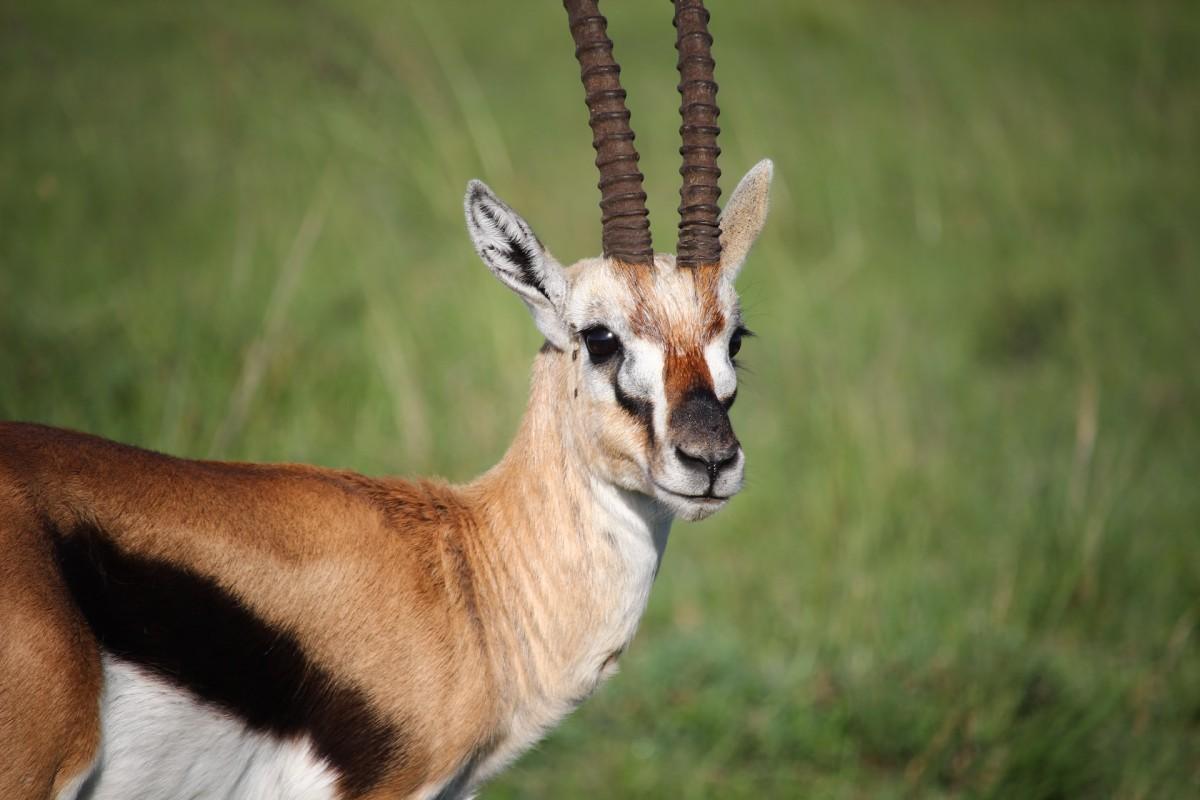
- Name: Cuvier’s gazelle
- Scientific name: Gazella cuvieri
- Conservation status:
Cuvier’s gazelle is a subspecies of gazelle. It is native to Northern Africa, more precisely Algeria, Morocco, Western Sahara, and Tunisia. Because it sometimes lives in a woodland habitat, it is the darkest gazelle species.
A while ago, these gazelles were threatened because of overhunting for their skins, meat, and trophies. Even though it is now illegal to hunt this animal, which has become one of the rarest gazelles, they still have to face the destruction of their habitat and share their land with domestic sheep and goats.
2. Side-striped jackal
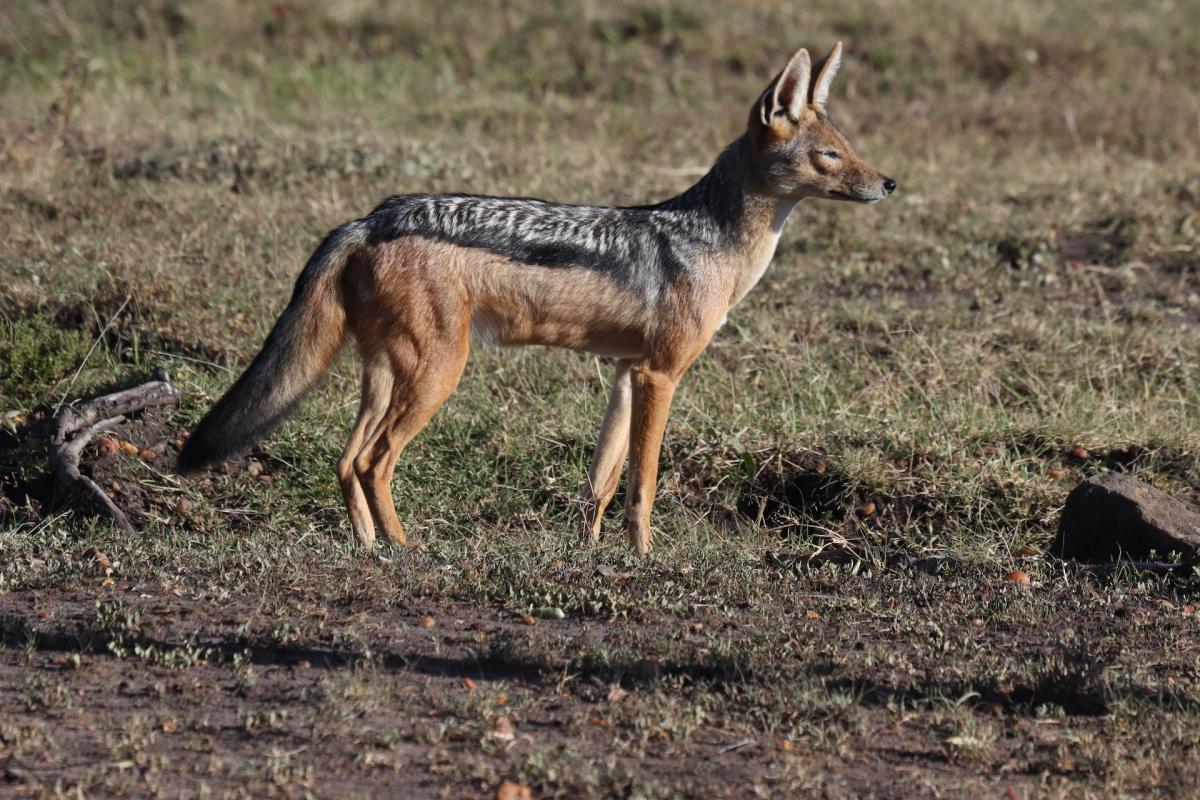
- Name: Side-striped jackal
- Scientific name: Lupulella adusta
- Conservation status:
Though they are quite elusive, side-striped jackals are present in the Algerian desert. They can be found in woodland areas, and are medium-sized. They are named this way because of the white stripes present on their flanks.
These jackals live both solitarily and in family groups, but not with more than 7 individuals. Because they live in harsh conditions, they have developed an adaptable omnivore diet, in which they eat everything from small mammals to invertebrates as well as fruit.
3. North African boar
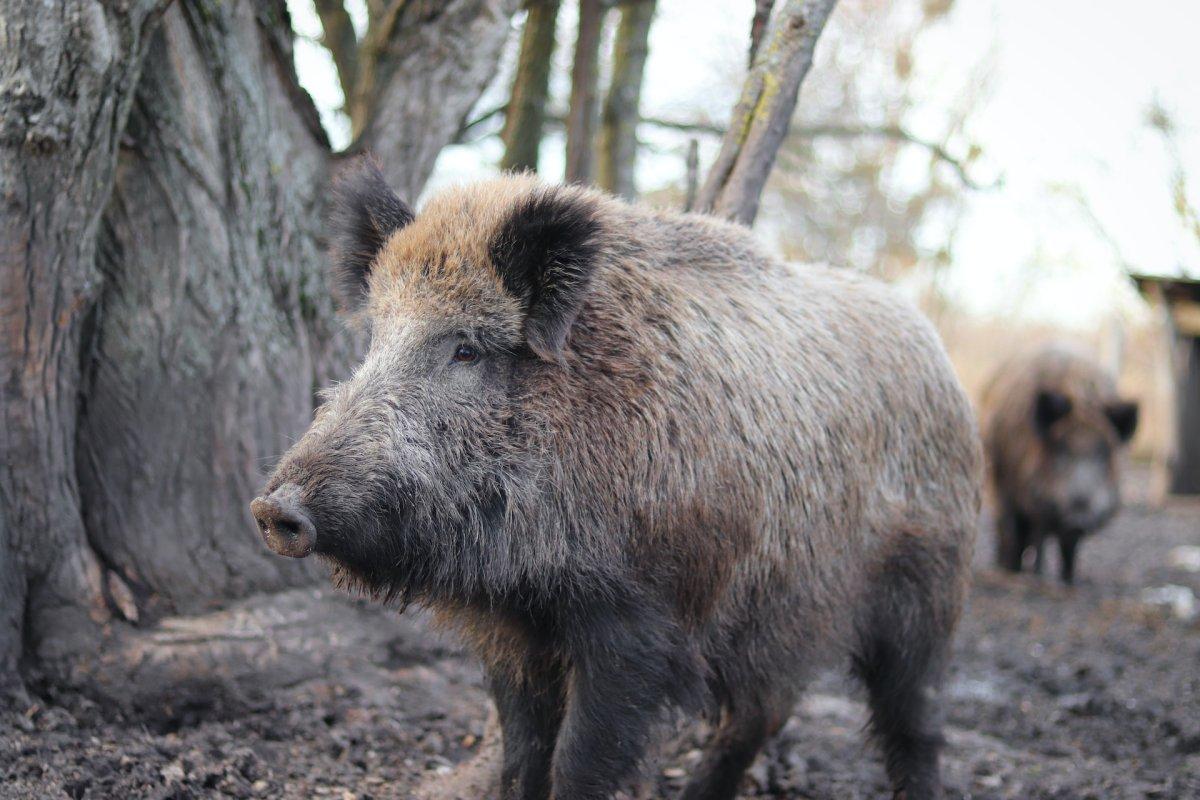
- Name: North African boar
- Scientific name: Sus scrofa algira
- Conservation status:
The North African boar, also known as the Barbary wild boar, is a smaller subspecies of the wild boar. It is native to North Africa, mostly Morocco, Algeria, and Tunisia. It was and is still hunted by predators of the Atlas Mountains, like bears, lions, and leopards.
Wild boars live in many different habitats, from deserts to boreal taigas. They can also be found in alpine zones in mountainous regions. There are 3 conditions for wild boars to choose an area to settle in: no regular snowfall, heavily brushed areas with shelter from predators, and water for both drinking and bathing. This is why they can only be found in the northern part of Algeria.
4. Fennec fox
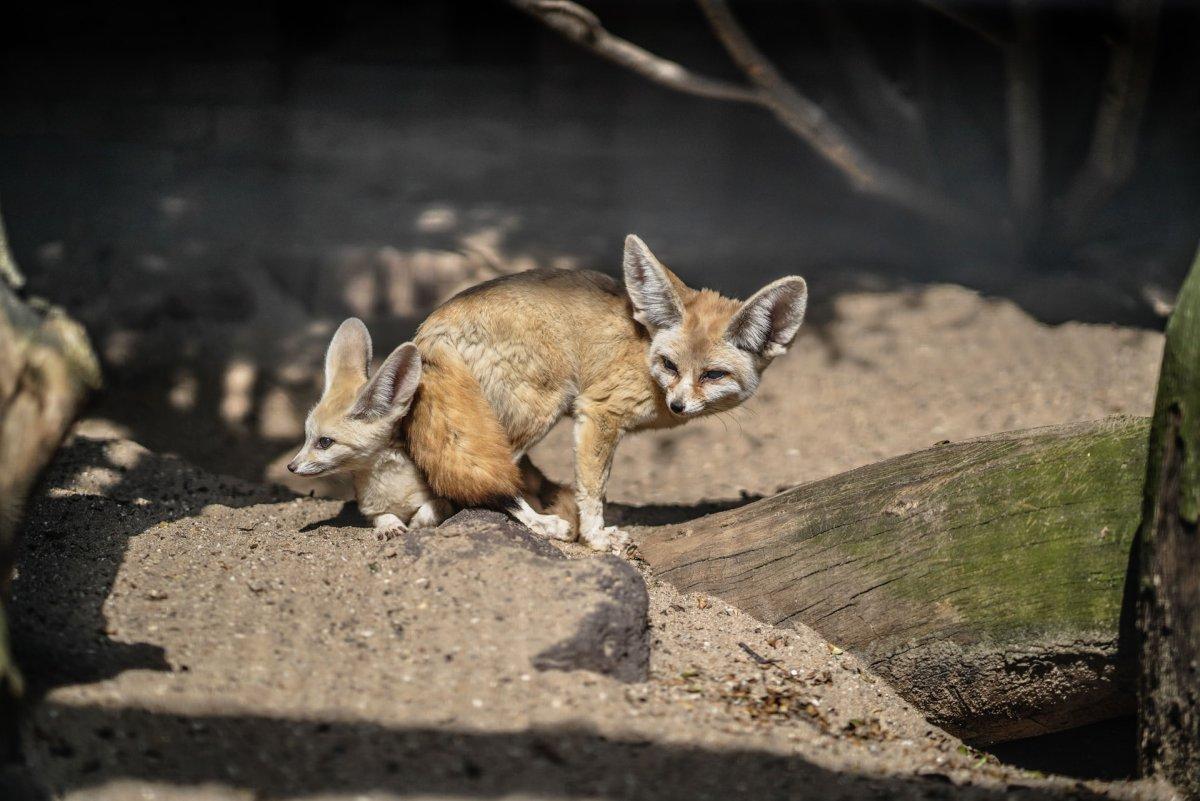
- Name: Fennec fox
- Scientific name: Vulpes zerda
- Conservation status:
You must know the fennec fox for being one of the cutest animals on the planet. It is a very small fox, in fact, the smallest of all, and it has very large ears, used to dissipate heat. It lives in a desert environment, and its body is adapted to live in high temperatures with little water.
Its hearing is very sensitive to underground prey, like insects, small mammals, and birds. It is Algeria national animal, and it gave its name to the national football team.
5. Jerboa
- Name: Jerboa
- Scientific name: Dipodidae
- Conservation status:
Jerboas are other small desert animals that are very elusive. They are one example of what fennec foxes hunt for, and they are hopping rodents. Their main habitat is hot deserts, and they are very good at running away from predators, even in the middle of the sand: they can reach up to 24 km/h / 15 mph while hopping away!
They have very large ears that are particularly useful to spot nearby predators, and they live around 6 years.
6. Barbary macaque
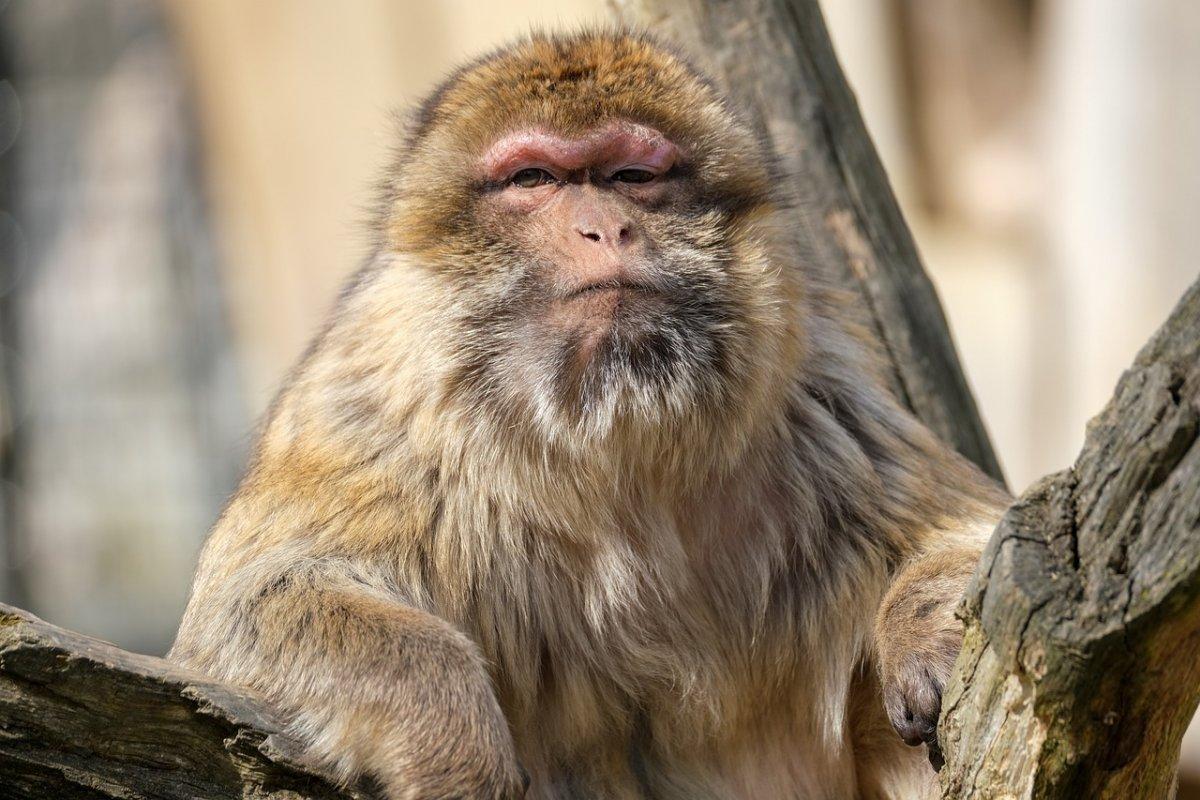
- Name: Barbary macaque
- Scientific name: Macaca sylvanus
- Conservation status:
The Barbary macaque is a macaque species that is native to the Atlas Mountains in both Algeria and Morocco. Among their family, they are peculiar and interesting, as males are integral to raising all infants. This is due to uncertain paternity, and because of this, you will often see every Barbary macaque raise any young one.
The Barbary macaque is now endangered, mostly due to the degradation of forest habitat and poaching for the unlawful pet trade. It is also often killed for raiding human crops.
7. Blue shark
- Name: Blue shark
- Scientific name: Prionace glauca
- Conservation status:
Blue sharks are the most common sharks in the Mediterranean Sea, and they can be found off the coast of Algeria. They average around 3.1 m / 10 ft, and they prefer cooler waters. Because of this, they will often migrate long distances and can be found in European and North African waters.
These sharks are most of the time lethargic, but they can be extremely quick if needed. They lay down 25 to 100 pups and mostly feed on fish.
8. Sahara frog
- Name: Sahara frog
- Scientific name: Pelophylax saharicus
- Conservation status:
You might be surprised to hear about frogs in the Sahara, but it obviously does not live in the sand. The Sahara frog dwells in streams, oasis pools, irrigation canals, and lakes, either in or near them.
They are native to North Africa, more precisely Egypt, Libya, Tunisia, Algeria, Morocco, and Western Sahara. They are large species and have a wide and long heads with horizontal pupils. The color can range from green to brown, with darker spots occasionally.
9. North African fire salamander
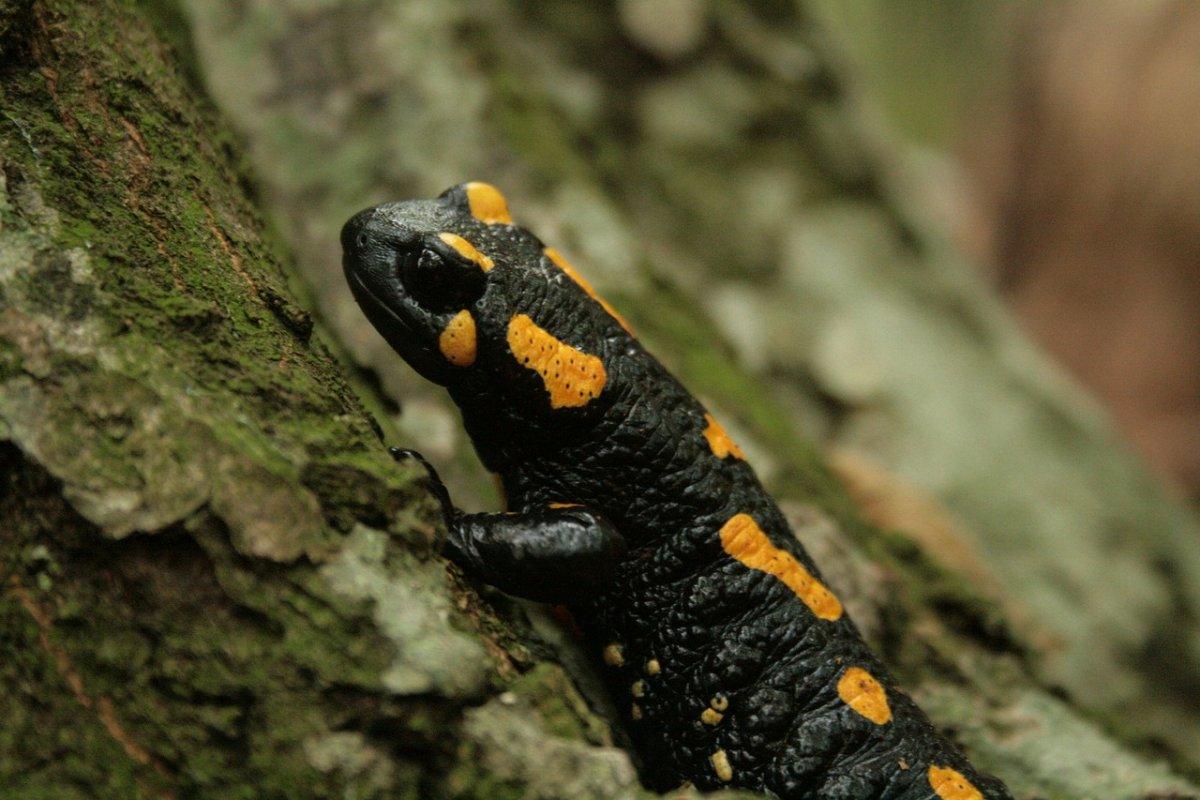
- Name: North African fire salamander
- Scientific name: Salamandra algira
- Conservation status:
The North African fire salamander is another animal that is native to Algeria. On top of it, it can also be found in Tunisia, Spain, and Morocco, and it usually lives in temperate forests, rivers, and caves. Sadly, it is largely threatened by habitat loss and is currently considered vulnerable.
This salamander is endemic to northwestern Africa, which means it can only be found there, and it can live anywhere from sea level to around 2,459 m / 8,070 ft above it.
10. Pygmy killer whale
- Name: Pygmy killer whale
- Scientific name: Feresa attenuata
- Conservation status:
The pygmy killer whale is a rarely known and rarely seen species of oceanic dolphin, which is why I really wanted to include it in this list. Its name comes from the fact that it shares a few physical similarities with the infamous killer whale, but it is just a bit bigger than the size of an average human, hence the “pygmy”.
It was first described by John Gray in 1874. This animal is dark gray to black.
—
So there you have them, these were my 10 native animals of Algeria. I hope you enjoyed this list and that you learned something new today.
In case you want to learn more about Algeria wildlife, feel free to keep reading, as I still have lots of things to tell you about:
Endangered Animals of Algeria
This is definitely the saddest part of the list, but it is very important to raise awareness. Because of this, let’s go through the list of endangered animals in Algeria, from extinct in the wild to endangered.
Here are the animals in danger of extinction in Algeria.
- Scimitar-horned Oryx
- Sahara Killifish
- Acanthodactylus spinicauda
- Animal3
- Animal4
- Animal5
- and 15 more…
- Edough ribbed newt
- Algerian Nuthatch
- African spurred tortoise
- Lappet-faced vulture
- Basking shark
- and 29 more…
To see the full list of endangered species in Algeria, head over to the International Union for Conservation of Nature’s Red List.
What is the National Animal of Algeria?
The national animal of Algeria is the fennec fox.
The fennec fox is a small crepuscular fox native to the Sahara Desert. It is very cute with large ears and a small size (in fact it is the smallest of all canid species).
It is the official national animal of Algeria, and is used as the nickname for the Algerian national football team: “Les Fennecs”.
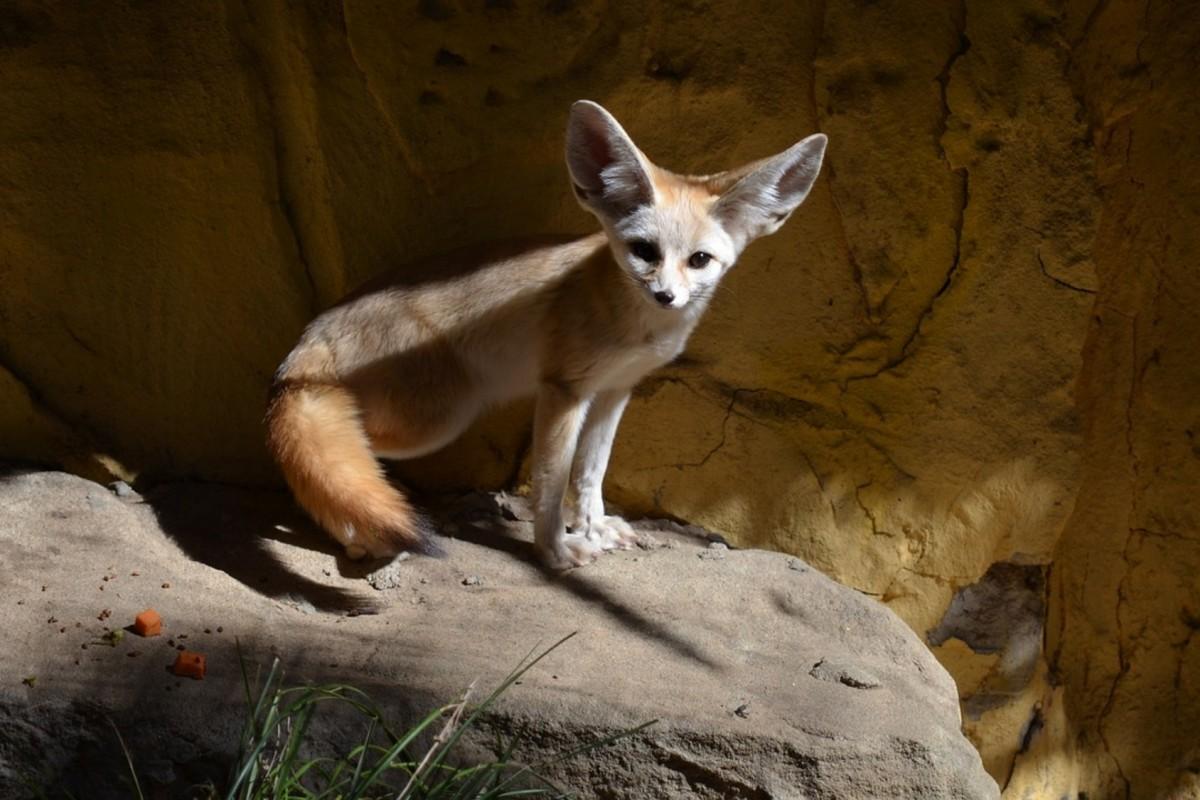
How Many Animals Native to Algeria?
What is the diversity of native animals in Algeria?
Let’s look at the total number of species of Chordata (mammals, birds, fishes, and reptiles).
Total number of animal species in Algeria: 1,049 (2,948 in total in North Africa)
More About Animals in the World!
Loved these Algeria animal facts? Want to see what animals live in other countries?
Then check out these posts:
Or click here to see ALL the facts up on the blog! Spoiler alert: there’s A LOT of them.
Share the knowledge! Click on the buttons below to share information about these famous animals in Algeria with your friends, and help them learn more about the world 🙂
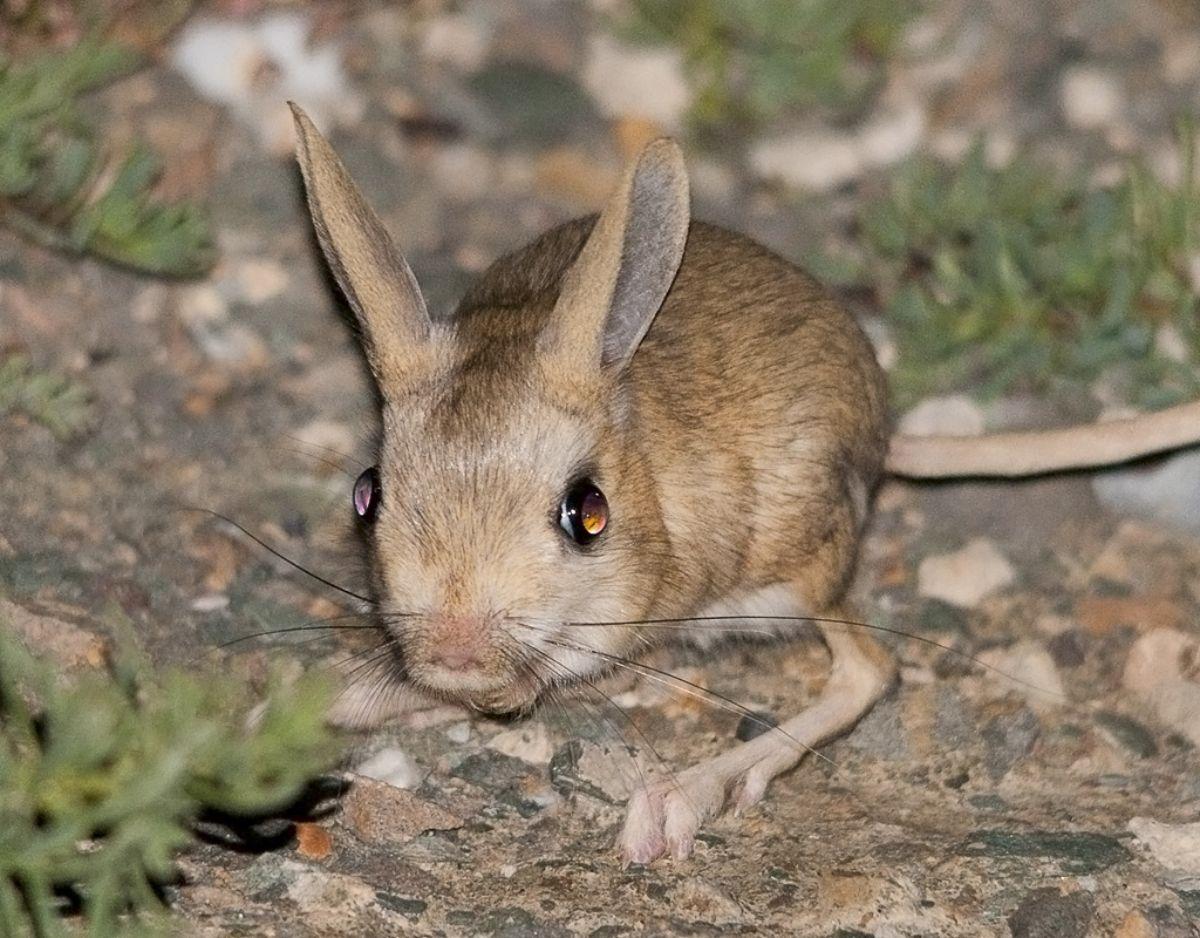
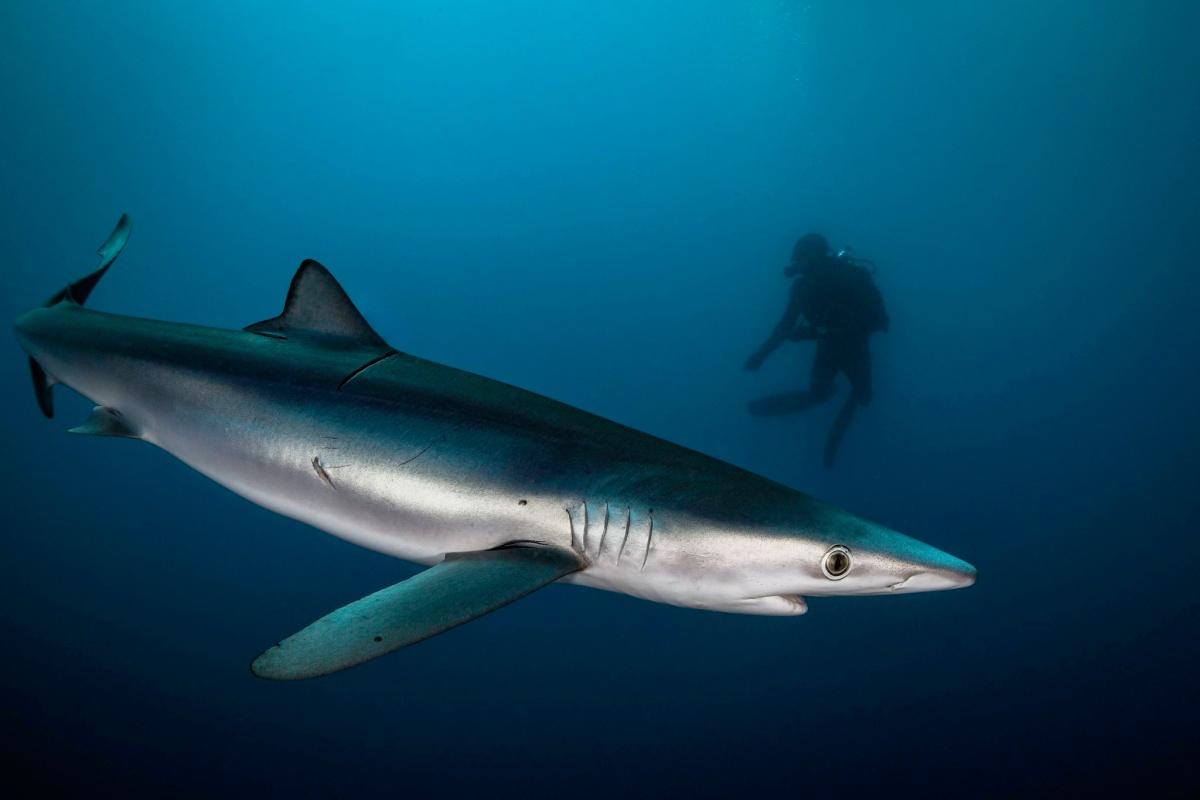
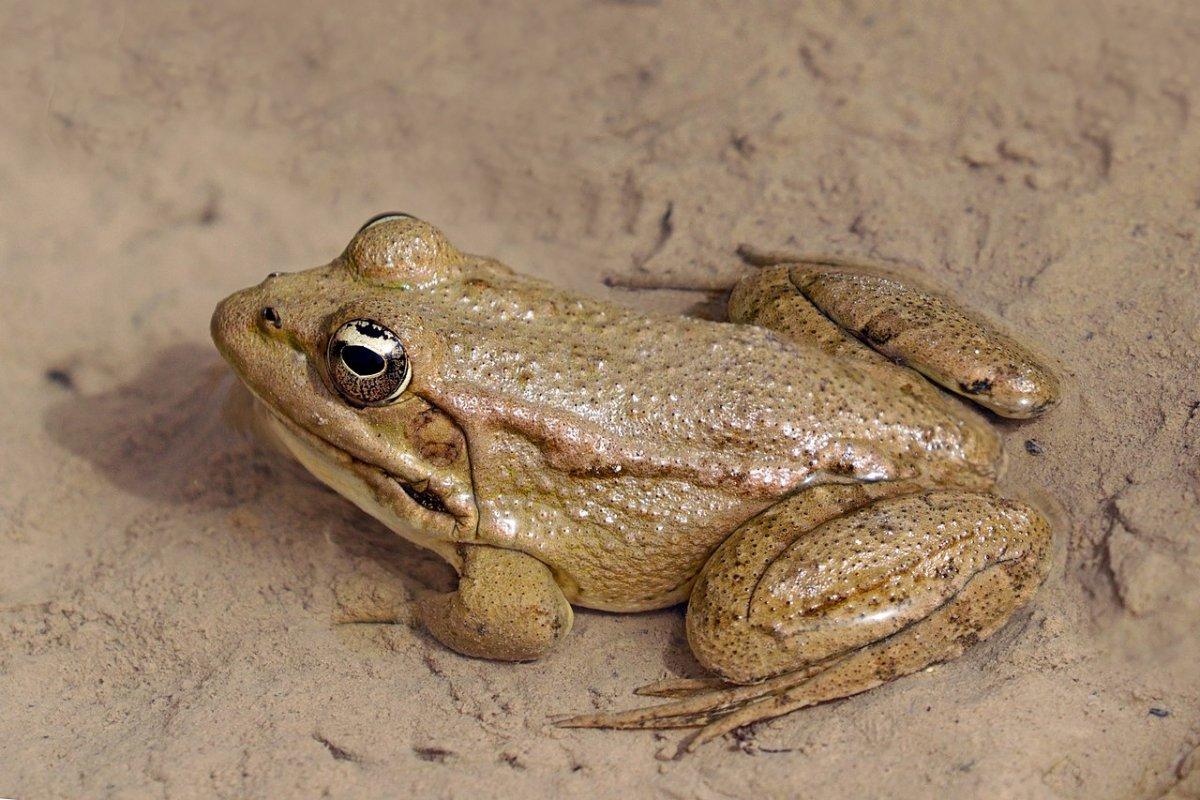

![18 Wild Animals in South Korea [Wildlife in South Korea]](https://www.kevmrc.com/wp-content/uploads/2022/12/18-wild-animals-in-south-korea.jpg)
![17 Wild Animals in Tonga [Wildlife in Tonga]](https://www.kevmrc.com/wp-content/uploads/2023/01/17-wild-animals-in-tonga.jpg)
![10 Wild Animals in Solomon Islands [Wildlife in Solomon Islands]](https://www.kevmrc.com/wp-content/uploads/2023/01/10-wild-animals-in-solomon-islands.jpg)
Greetings
I found your site on the internet and I noticed that you have inserted a list of wild mammals of Algeria and this list contains some errors for example species not existing in Algeria. I am a teacher-researcher and I work on the wild mammals of Algeria and I even have a book (in French) and there are updated data. So if you allow refresh your data or let me help you.
Bests
Dr Mourad Ahmim